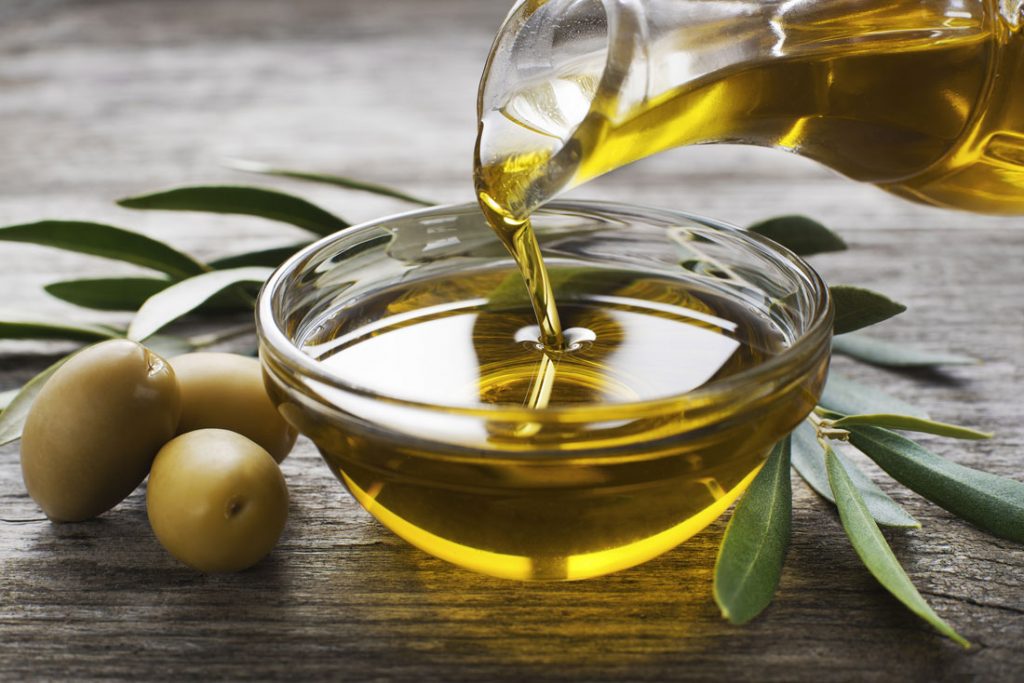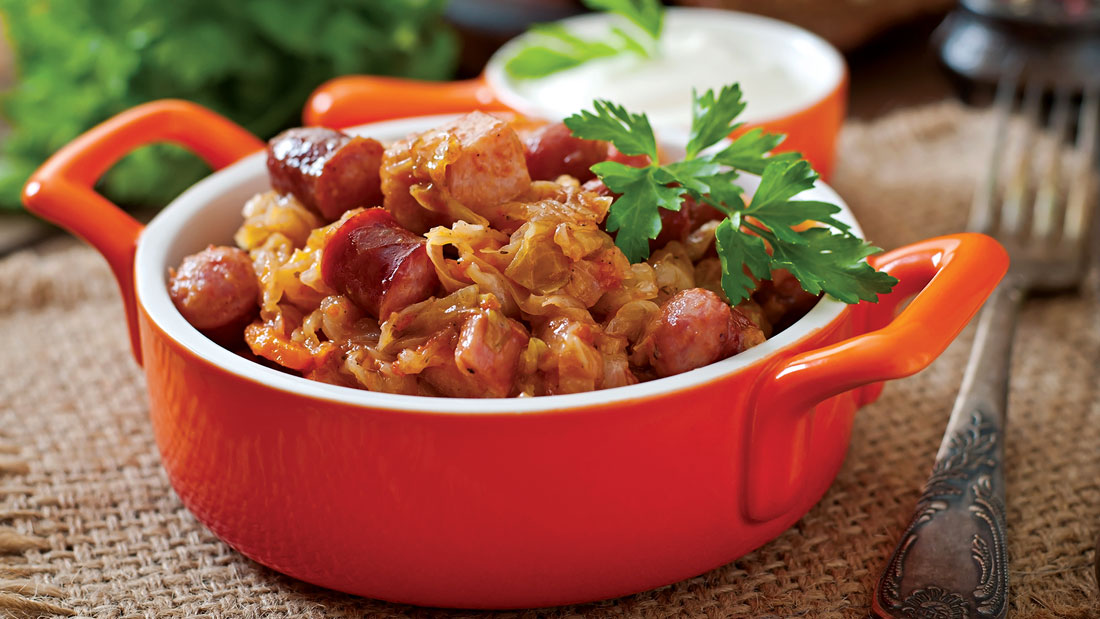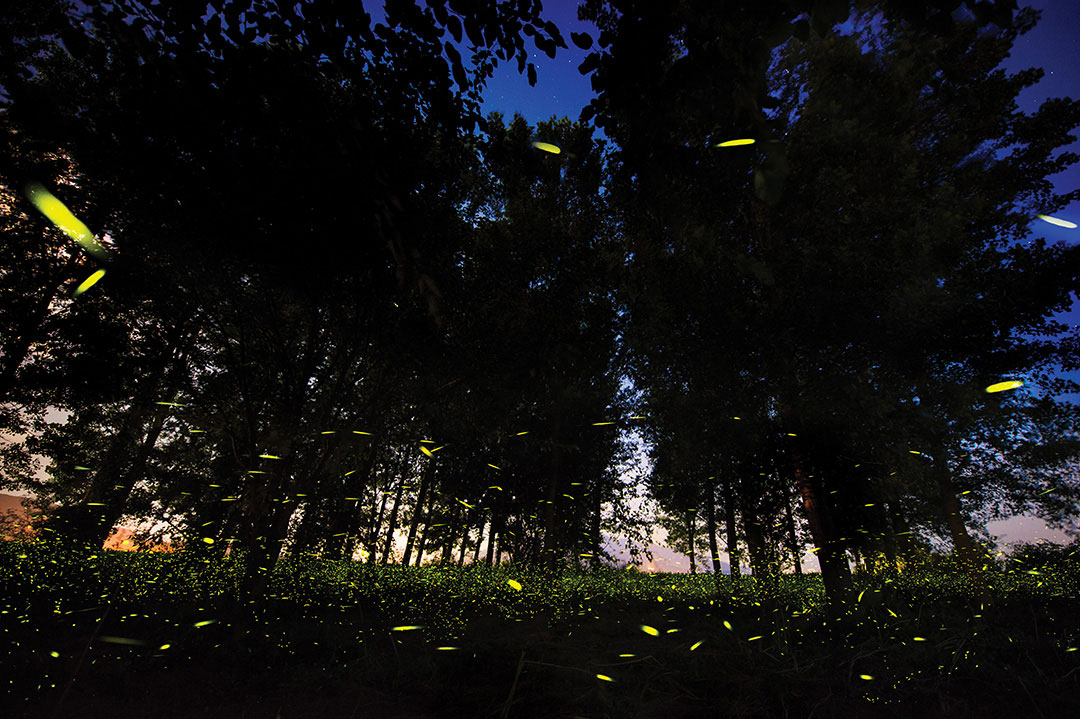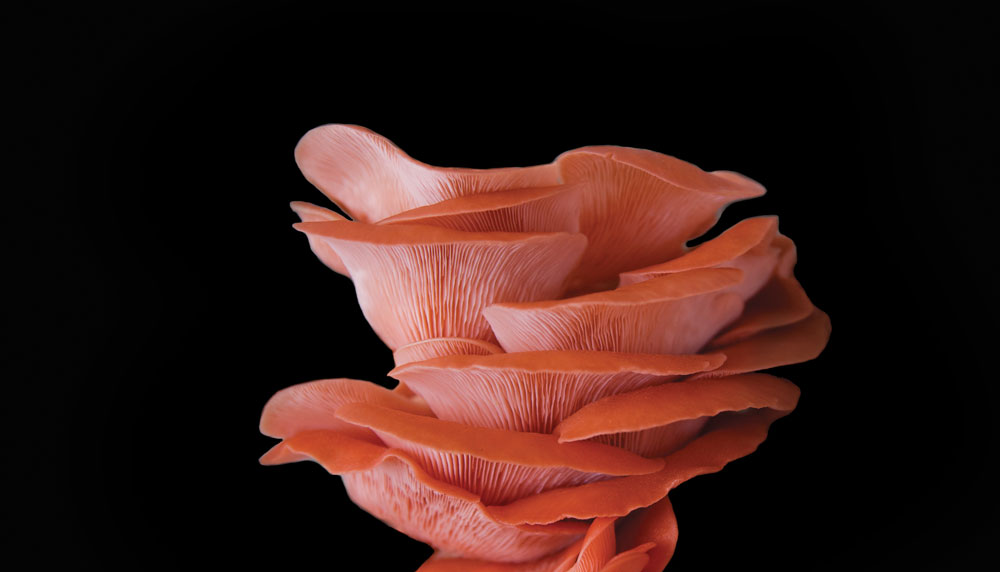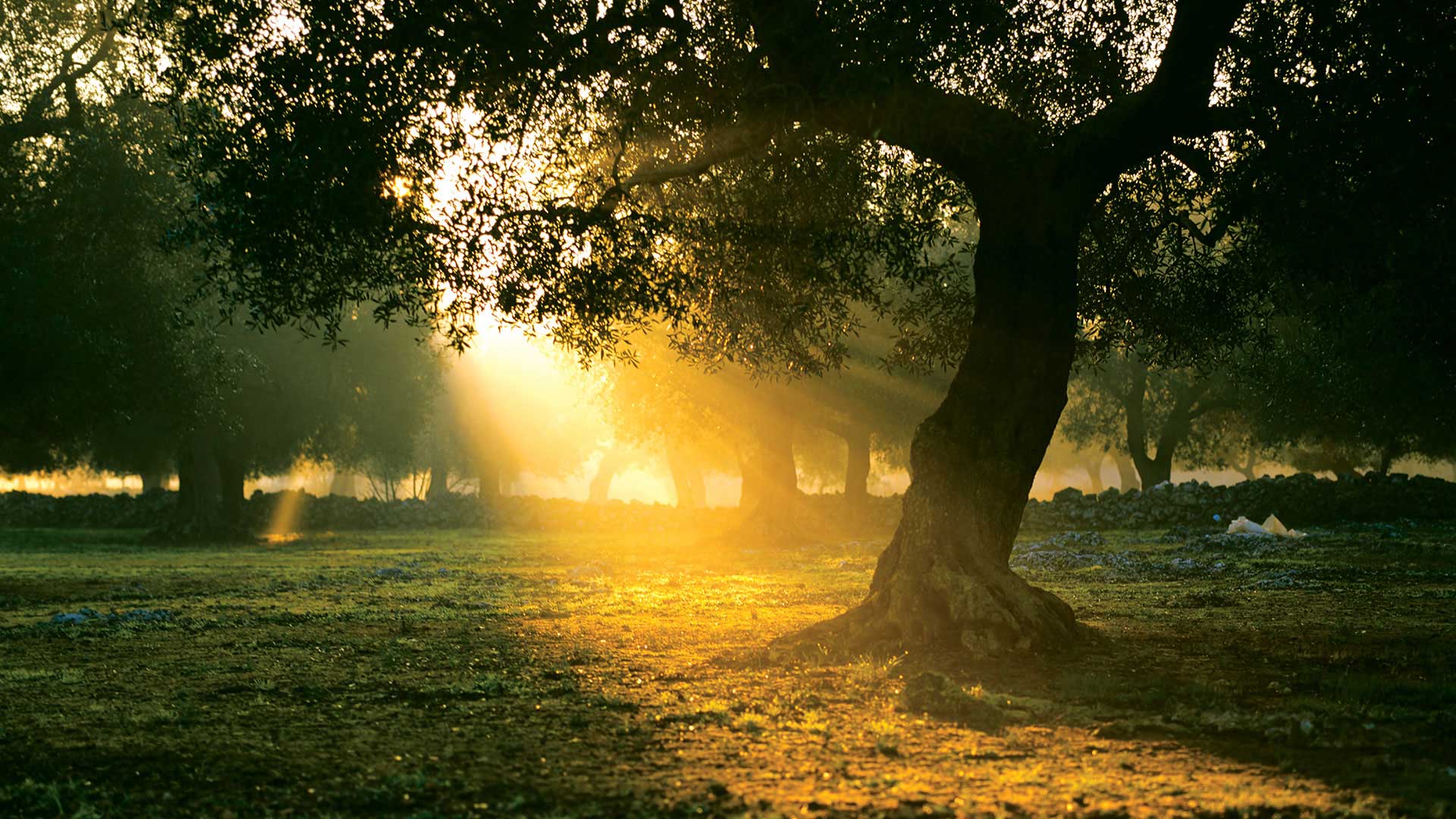
Olive oil, the liquid gold
HOW OLD IS OLIVE OIL, AFTER ALL?
The origin of the olive tree, in its primitive form, dates back to the Tertiary Era, 66 million years ago, before men walked the Earth, 2 million years ago. In the so-called Asia Minor – Syria and Palestine – signs of olive oil production facilities were discovered, as well as fragments of vessels dating from the start of the Bronze Age.
However, fossilised olive tree leaves have been found in the entire Mediterranean basin, dating from the Palaeolithic and Neolithic ages. At around 3,000 B.C. the olive tree was already being grown around the Fertile Crescent – a region encompassing what are currently the states of Palestine, Israel, Jordan, Kuwait, Lebanon and Cyprus, as well as parts of Syria, Iraq, Egypt, Turkey and Iran – but it is known that more than 7,000 years ago, olive oil was used by the people of Mesopotamia, who anointed their bodies with this product to protect themselves from the cold, and also for certain battles.

It all started like this: imagine you had a jute sac full of olives next to your feet and that “you started jumping on top of it”. If you kept on with that movement for some time, it would come to the point when you’d see juice pouring out of the holes in that same sac. That juice would then be placed in a bucket or other specific recipient to separate the olive oil from the water. That’s how, historically, olive oil was usually extracted, explains João Gomes, a technical consultant for olive oil production. “Normally, it is said that the truth comes to the top just like olive oil emerges to the surface when mixed with water, but in this case, it’s the olive oil that always comes to the top like the truth” says the consultant.
Contact between these peoples and the Hebrews enabled olive oil production and olive tree cultivation to reach Greece and the entire Mediterranean basin, through the Phoenicians. It was precisely the Greeks and the Romans who gave olive oil, then called “liquid gold”, other uses. Besides starting to be used in cooking and for therapeutic purposes, it also began to be used as a fuel for lighting, for lubricating farming implements and also for waterproofing certain types of cloth.
João Gomes adds other uses to these – according to the consultant, olive oil would also have been used as a means of payment to pay the workers in the olive mills, in holy oils in the Christian religion, to prevent the skin from drying and to heal wounds, and to oil the animals’ harnesses. Olive oil was also used to preserve food, a use which in fact has survived until today. Even today, says João Gomes “we use cheese in olive oil and sausages in olive oil”.

With the Portuguese and Spanish maritime expeditions of the 16th century, the olive tree finally reached the Americas, having propagated from there to all over the world, depending on the climate. In Portugal, olive oil production is an ancient tradition. The first signs of olive tree cultivation in Portugal dates back to the so-called “Visigoth Code” of 506 B.C, which envisaged a fine for anyone who pulled up an olive tree that was not their own. However, it was the Arabs who boosted the cultivation and exploitation of olive-growing, when they conquered the Iberian Peninsula.
They were the ones who perfected the olive oil production and extraction techniques. The word for olive oil in Portuguese is “azeite”, which originates from the Arabic word az-zait, which means olive juice, which really shows the ancestral influence of the Arab people on olive-growing. The first documents mentioning olive production refer to the Portuguese provinces of Estremadura and the Alentejo.
In fact, in Baixo Alentejo you can find trees that are hundreds and even thousands of years old, which take us back to the era of the discoveries, says João Gomes. The consultant explains that “the olive that comes from those trees today and the olive oil that is extracted from them supplied many caravelas of the Portuguese discoveries.
We are growing the same trees that were grown by our ancestors”. In 1955, when the use of olive oil for lighting became more common in Portugal, its consumption increased significantly. Olive-growing became widespread nationwide, and Portugal began selling a large quantity of olive oil not only for national consumption but also abroad, to markets in the North of Europe and India.
It is also known that, in Portugal, olive oil played an important role in religion – the so-called “sacred oil” – having been essential for the economy of various convents and monasteries. In what health is concerned, olive oil had other uses, as it healed wounds or was used as a lotion to avoid skin dryness.

João Gomes
Agro-Industrial Engineer through the Instituto Superior de Agronomia (ISA). Obtained a Master’s Degree in Olive – Growing and Oleotechnology at the University of Córdoba. He is currently a Taster Panel Chef, as well as a consultant for various brands and mills.
FROM THE GROVE TO THE MILL
Although we’ve come thousands of years since the birth of olive oil, it is still extracted today from the olive using physical and mechanical methods. Nowadays, centrifuges are used to make it easier to separate the olive oil. Before there were machines, the most common method was iron presses; and before that wood presses: large pieces of wood with screw and stone counter-weights were used. Before the wood, stones were used.
At the very beginning, it was the human strength that was used to exert such pressure. João Gomes explains that the separation from the olive, a process that takes place as soon as it enters the mill, is carried out mainly depending on the “state of health” of the fruit, which will also determine the existence of “different quality olive oils”: extra virgin olive oil, if the fruit is healthy – including ripe fruity extra virgin and green fruity extra virgin – virgin olive oil – if the fruit has been attacked by pests and diseases only to a small extent – and refined olive oil – if the oil defects are very accentuated – such as a dark colour, high acidity and defective aromas, due to a strong attack by pests and/or diseases – making it necessary for the olive oil to be submitted to a refining process before being able to be consumed.
Separation can also be made depending on the degree of ripeness of the olive or the type of olive oil that we want to obtain, whether conventional or organic. The paste obtained from the crush of the whole fruit goes to machines where the olive oil is separated both from water and from solid parts of the fruit (skin, pulp and pit) to be separated by the centrifugal force.
Once the olive oil is extracted it goes to the storage deposits, normally made of stainless steel which remain completely full to avoid any contamination by oxygen in the air; as well closed to prevent the contact with light. It is in these deposits that the olive oil rests to be packed, although not without first being filtered in order to remove any possible microscopic pieces of pulp.
When it is bottled, the olive oil already looks “very mirrored and shiny”. João Gomes explains that “as opposed to wine, which is normally made in the cellar, olive oil is made in the olive”, which means that, as from the moment in which it is extracted from the fruit, it immediately starts the deterioration process.
As such, it is necessary “to prevent conditioning factors, such as temperature, light and oxygen from the air from interfering in all the stages of the extraction and storage processes”. “The quicker the olive gets to the mill and the less time the olive oil is kept, the better”, says the consultant, for whom, time is really “the olive oil’s enemy”.
MATURE FRUITY OR GREEN FRUITY: TASTING OLIVE OILS
At the Cooperativa Agrícola de Moura e Barrancos, João Gomes led a tasting of different olive oils. He explains the usage of blue glasses, in formal tastings, as a way of not letting the olive oil’s color influence the appreciation of the flavors. The blue glasses are then covered and warmed, which allows the proper release of the scents. Afterwards, João Gomes recommends a slice of apple or sparkling water to cleanse the palate, although he recommends the apple as it erases the fatty elements of the olive oils.


